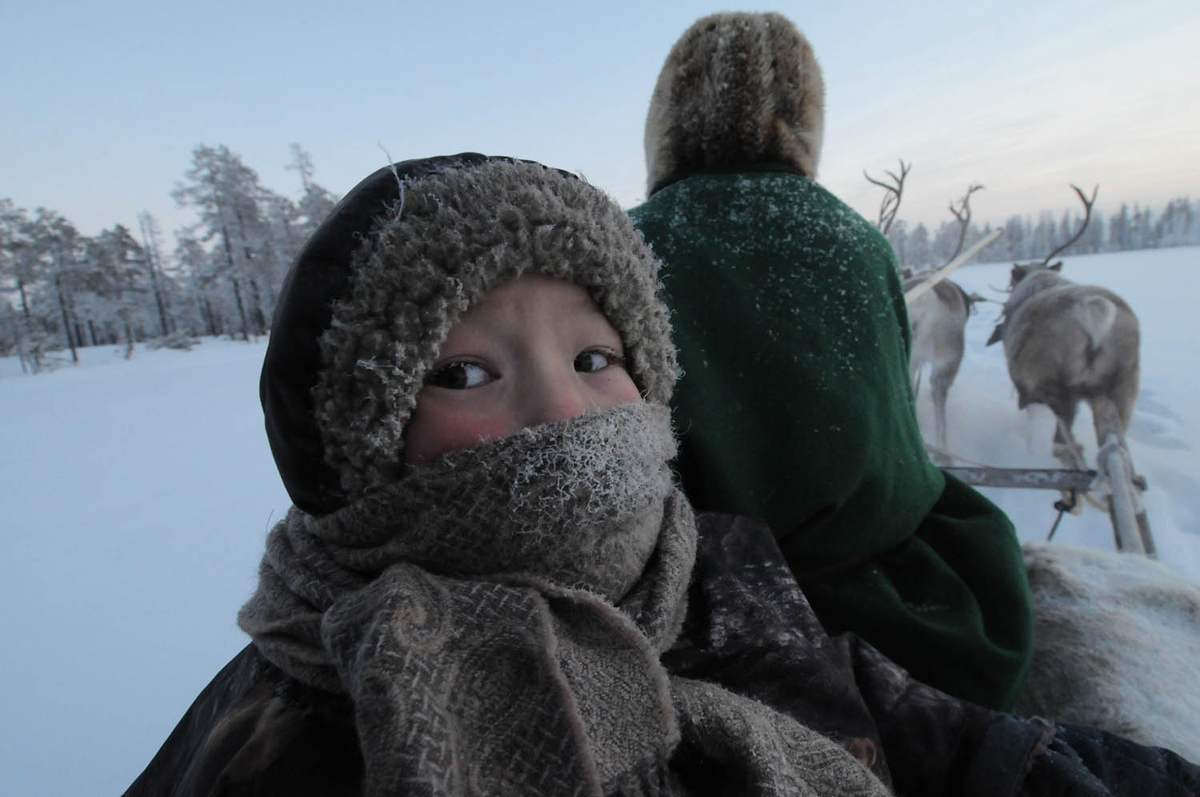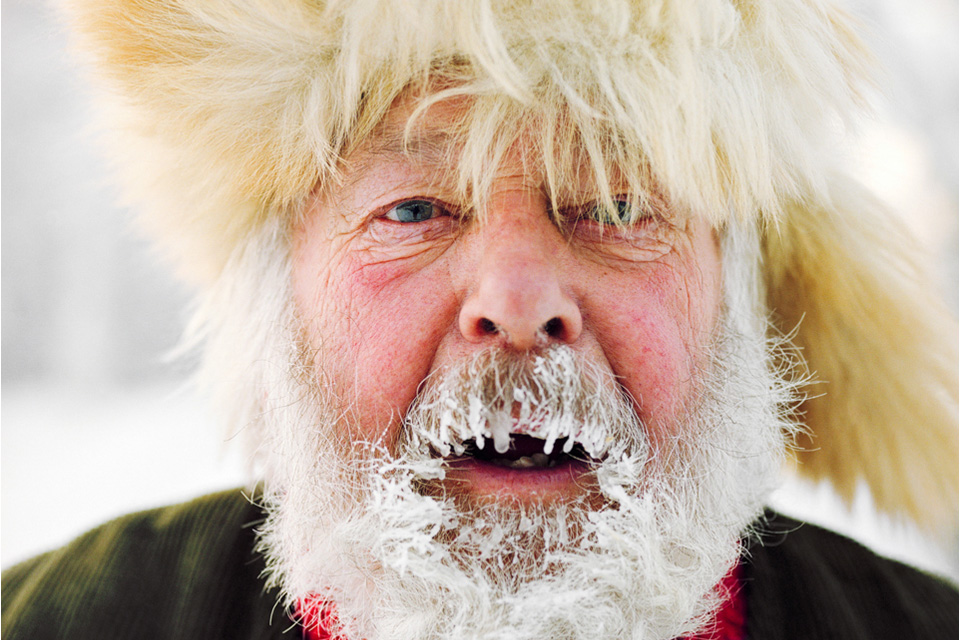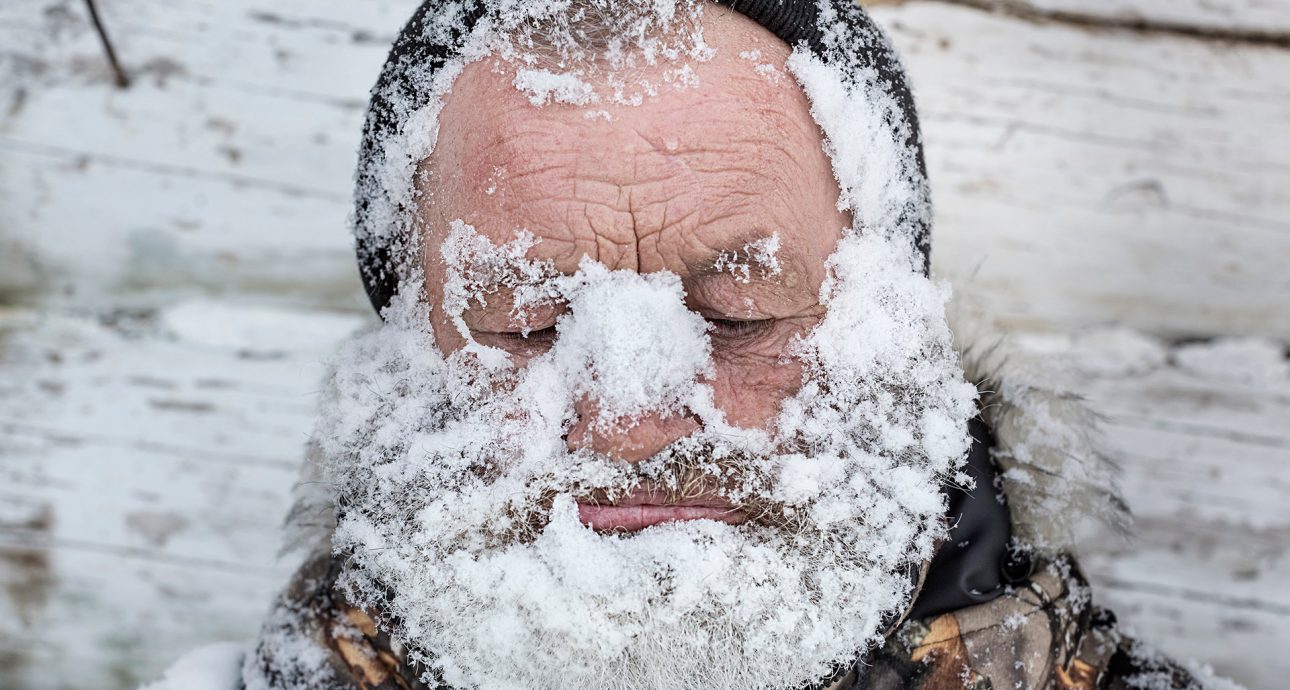
World Press Photo Winner Elena Anosova: “It’s Important That the Audience Has Questions”
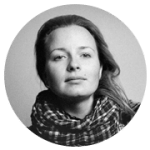
Russian photographer. Lives in Moscow and Irkutsk. Graduated from Irkutsk State Technical University. In 2013, started studying documentary photography at Rodchenko Photography and Multimedia School in Moscow. Winner of multiple photography contests, including the Russian Young Photographers Contest (2015), the Andrei Stenin International Contest (2016), Portraits — Hellerau Photography Awards (2016), LensCulture Exposure Awards (2017), and World Press Photo (2017). Her work was exhibited during group and solo exhibitions in Russia, Georgia, Turkey, Austria, Italy, USA.
How did you find out that you won?
It was Monday, I was working on my new project at the Russian State Archive for Social and Political History (RGASPI), and Arte TV channel was filming me for the documentary about contemporary Russian photography. I usually switch my phone off when I work or am being shot. I switched it on during the break, and found out I won the WPP — the team from Arte shared the joy with me, and we immediately went back to documents and shooting. I haven’t had a proper celebration yet — there has been too much work.
Were you anticipating the announcement of winners?
No. I don’t submit my work to win, although I hope for it, of course. I do it to receive feedback from the jury, to have my work seen. I submitted the documentary part of the project for the WPP Award, but the story is bigger than that: there are also a video, installations, work with the archives. I showed some of it at the Multimedia Art Museum in Moscow and in Dom Metenkova Museum in Yekaterinburg last summer.
Please tell us more about Out-of-the-Way.
I work with boundaries and isolation, and I mainly work on personal topics. I capture things that traumatized me or made me happy, imprinted on my life experience. This story is about a settlement in the far North, founded about 300 years ago by my ancestors and other people. I have never been there, and traveled there for the first time to shoot this story.
In my work I explore the microcosm that is isolated from the outside world. People there preserve not only their identity, but also their myths and legends. This place is the epitome of mythology. It was important for me to show this amazing community that conserves itself and accepts the new with great caution. One of the aims of my work is to ask where we come from, where our roots are.

From Out-of-the-Way series
The village is difficult to get to: first you fly from Moscow to Irkutsk, then take a plane again, then a helicopter. You can take a winter road to Irkutsk and go by car, but this road is there for only several months a year. And if you are lucky, the car trip will take you 30-36 hours.
Nevertheless, many villagers don’t want to leave. They hunt, fish, and grow vegetables in their backyard garden. The ground travel to the mainland is available only in winter, the rest of the year they have a helicopter fly into the settlement twice a month. Some locals bring the goods by cars while the winter road is there, and then sell them. People use contemporary means of communication such as satellite phones or the Internet, but these lands have no mobile connection or permanent supply of electricity — there is a small diesel power plant that produces electricity in the morning and in the evening. In October, hunters ride on horses to their hunting lands (for some people, they are as far as 70 kilometers from the village), hunt for a month, and return home in November, already on snowmobiles.
The averages temperatures in winter are -40…-45°С. Last January, it was as cold as -53°С. The school closes only if the temperature is lower than -45°С. There are almost no cars, people use snowmobiles instead. If you need to go to the dentist, you need return helicopter ticket fair, two weeks of time, and money to stay in the city, as the helicopter flies only twice a month. There is also a different side to this story: these people are used to living in good environment, in a quiet place, drink clean water and eat good food. Their backyard gardens have greenhouses with furnaces, and in summer they even grow aubergines there.
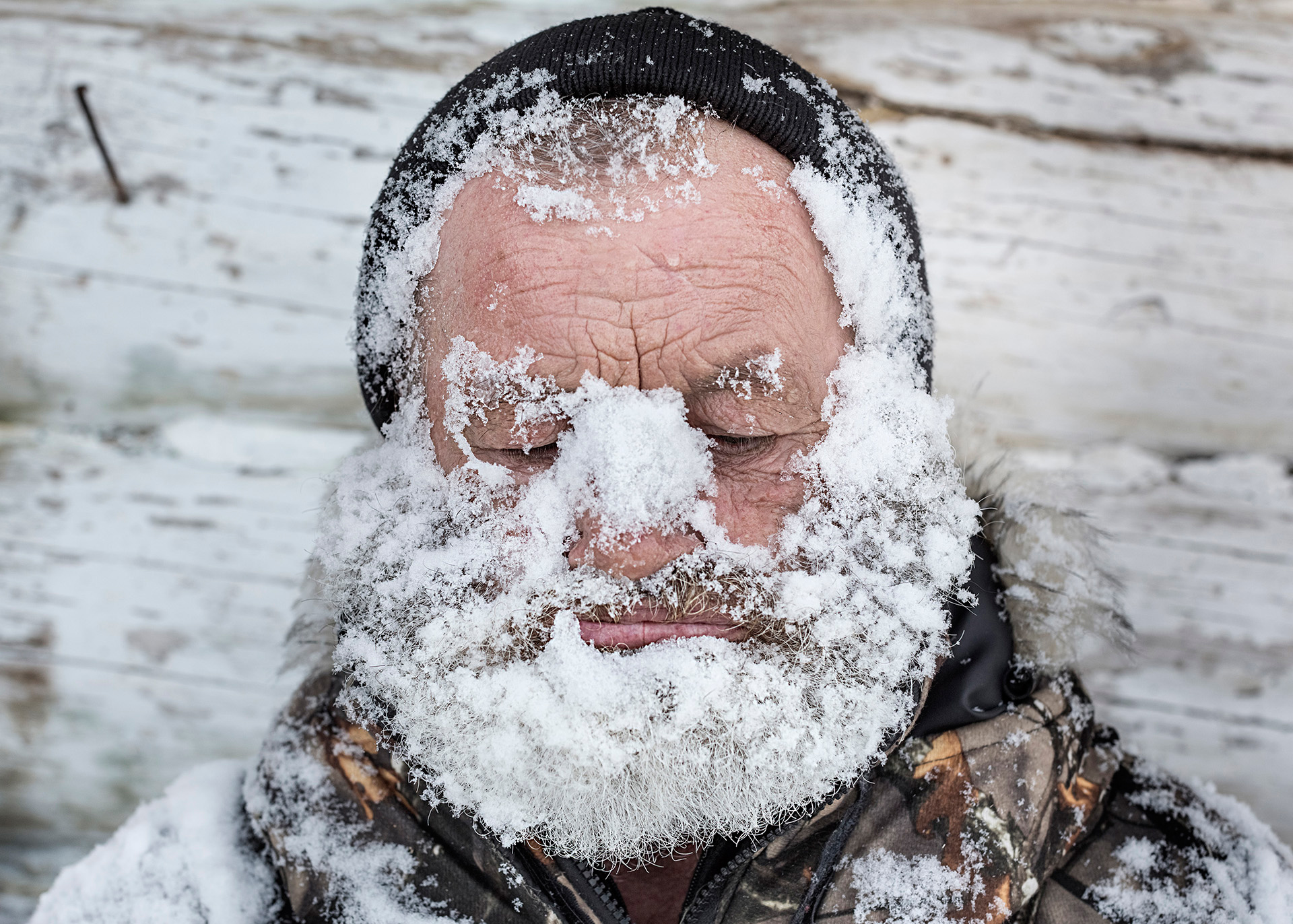
From Out-of-the-Way series
I am now working on the archive part of my story. I have about 200 photographs that my relatives took in these places. They mostly documented the daily life between the 1960s and 1980s, and now gifted me these photographs so I could work with them and store them. They are so beautiful and mythological that they align wonderfully with my new work. It is important for me that people believe in this project, are ready to spend time with me, tell me stories, sort through old photographs, and guide me around the forest.
My work isn’t finished yet, it is only about halfway done. I hope that me getting the award will draw attention to this project, and it will receive media coverage, and I’ll be able to print and sell collectible prints. This will allow me to travel to the North again in spring, and continue my investigation — taking a two-months trip there requires a considerable budget.
What message does this story send?
It asks questions about identity. Who are we? Where do we come from? Where are our roots, is there anything left of them inside us? Who are our ancestors, how did they live? What do we have in us that comes from our family, how do we preserve these unique features in the world that is quickly destroying and devouring everything that comes in touch with it? I think, these things are important.
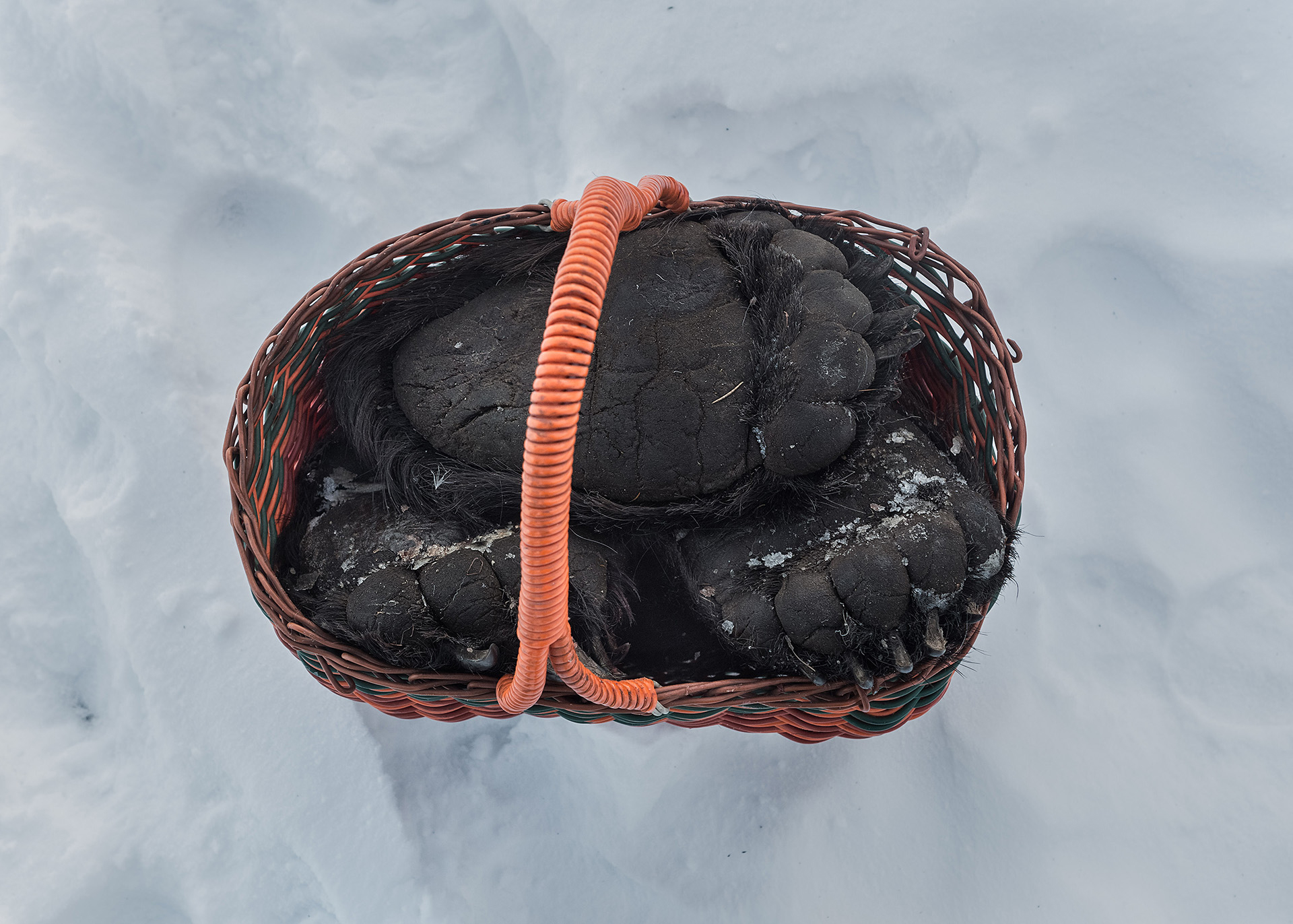
From Out-of-the-Way series
How did you come to photography?
My first (unfinished) degree was in Classical Painting, and for my second I studied Technology of Artistic Processing of Materials. As a child, I always thought that I’d become a painter, but the reality of the 1990s and the early 2000s made me realize that living as an artist put an extreme financial strain on you. Especially if you come from a regular-income family of a musician and a historian. That’s why I started working in design — it was profitable.
Only when I was 27, I started thinking why I wasn’t doing art, if I had wanted it my entire life. I needed three years to come to terms with everything and make the decision. At the age of 30, I entered Rodchenko School and decided to start with photography, as it is not as costly compared to other media, such as sculpture, painting, and graphics — both in terms of work and budget.
Photography is mobile, whereas sculpture and painting are not so much. It can easily be presented in form of a book, which speaks to me as a designer and an artist. It is important that I can apply my professional skills to what I do. A book is in fact a mobile exhibition. I work with my audience through volume, I occupy space. I think it is a very interesting form of thought — the message becomes clear and concise. I hope to resume practicing sculpture in order to complement the photographic part.
Can you make a living with photography?
I have been seriously doing photography only for a couple of years. I was lucky that my project about deformation in prisons was a success. People don’t buy the photographs — they are just impossible to put on the wall — but I won several grants with it, which allowed me to start shooting in the North. Besides, I sometimes freelance as a graphic designer. I also teach visual arts. But I hope that what I am doing now and what consumes me entirely will become profitable in the future.
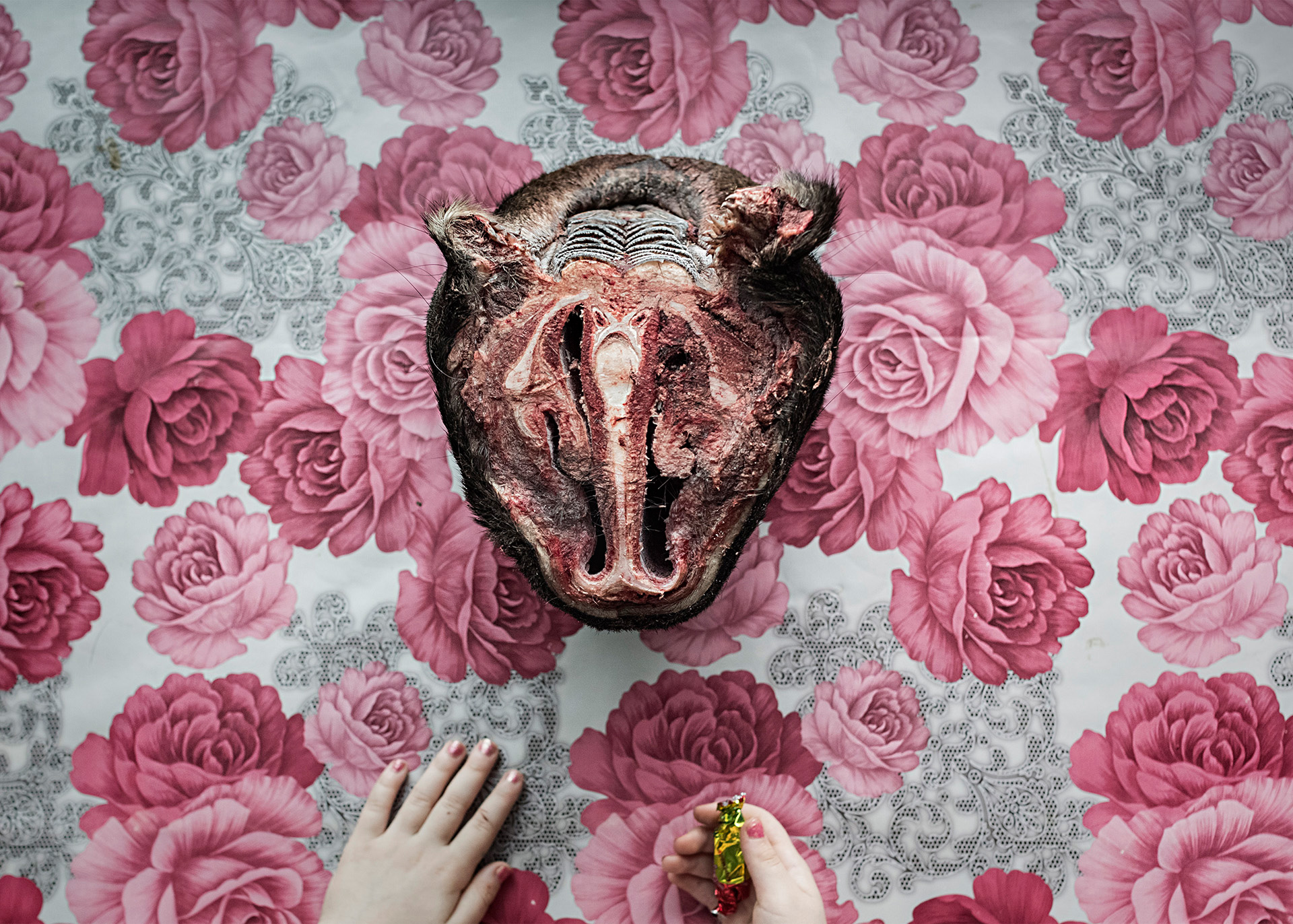
From Out-of-the-Way series
Are you an artist or a documentary photographer?
I do visual arts. I think that all of us have the right to voice our ideas and thoughts in any way available to us. I show documentary stories through the lens of my perception, and I spend a lot of time with my characters, trying to understand what is important for them and document it.
What do you want to communicate to the world?
I hope that my works will help people to take a look at the situation from different angles, not to perceive events or stories in one defined and dogmatic way. When some of the people I know found out that I was working on a Section in the penal colonies, they asked me: “Why are you hanging out with them [the inmates]?” But some said: “Oh, there are some people just like us there.” My goal is that we look at the same problem from different angles.
Few things in the world are strictly black or strictly white. Perhaps, my works will challenge some of the stereotypes about events, things, stories, and places. It is important for me that the audience has questions. It gets interesting, when you discover that something you care about is also important for someone else.
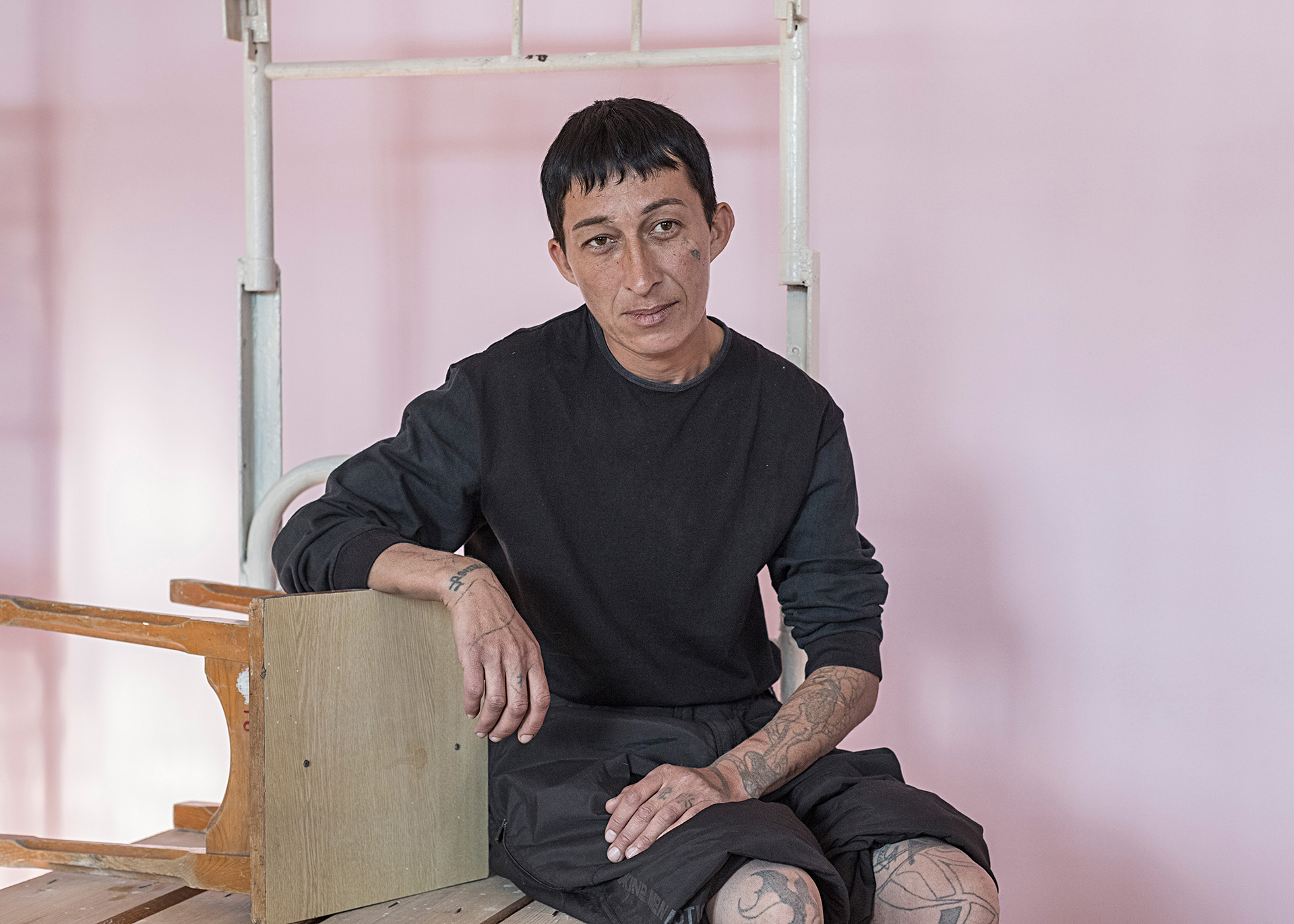
From Section series
What projects are you currently working on?
I am still working on my Northern project. There is an archive, I plan to take more photographs during the spring and summer period, I also want to design installations. Apart from that I continue to investigate the theme of boundaries and isolation and to work with women. My new project is about Anna Shchetinina, the first female captain on an ocean-going vessel. I started it over a year ago, after I saw the wall at the Vladivostok cemetery that said ‘Captain Anna’. It is a story of a dream. Recently, the Geographic Society named one of the islands in the Sea of Japan after her, so she became known and people started talking about her. She had a wonderful and hard life — she went all the way from sailor to captain. Anna died in 1999 at the age of 91. She is an example of a person who made their dream come true.
I have been ask more than once why I change my life drastically at the age of 30, leave a job that I am successful in, leave my comfortable life. But I think it is important to believe in yourself and do what makes you genuinely happy in the process.
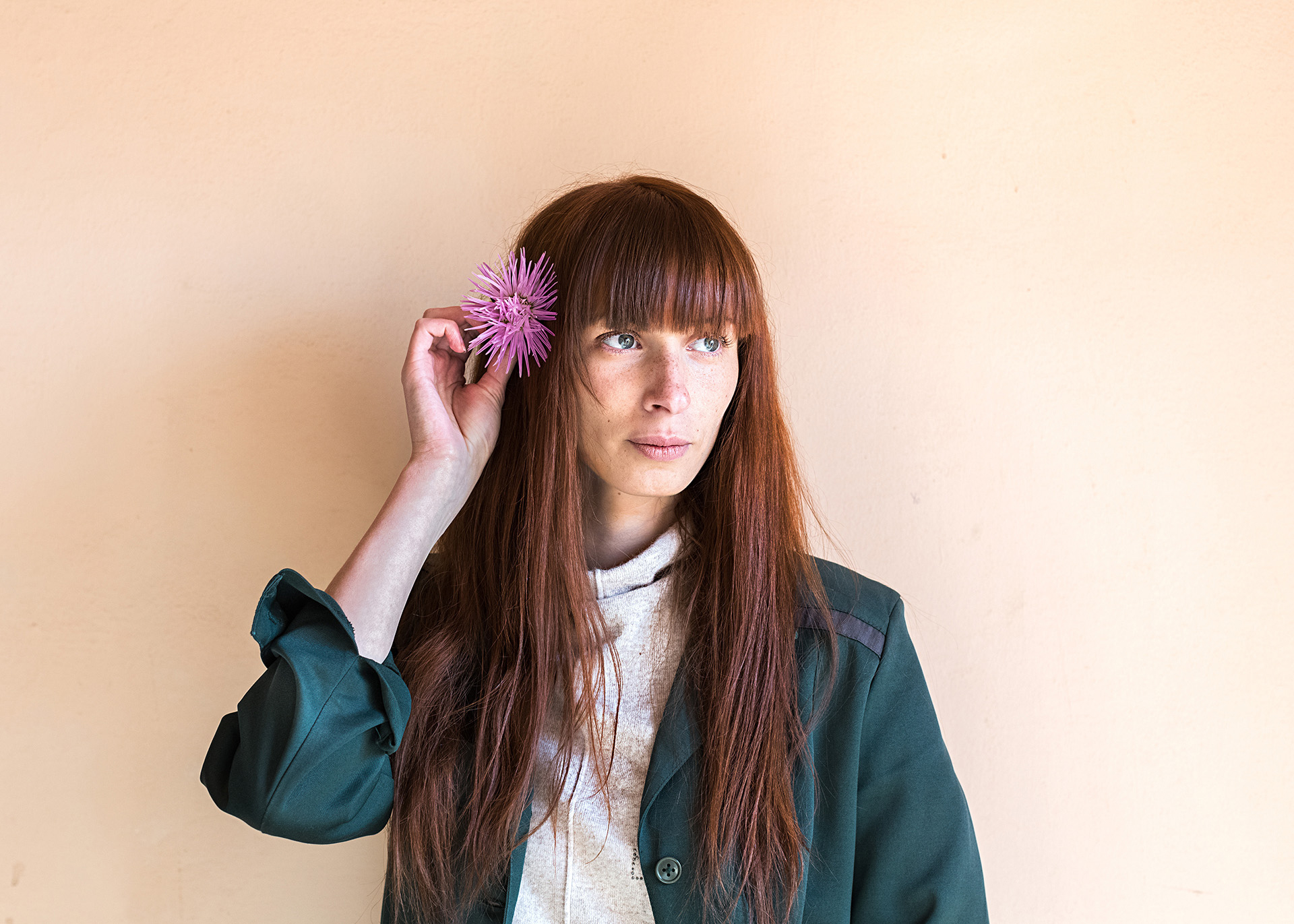
From Section series
New and best


